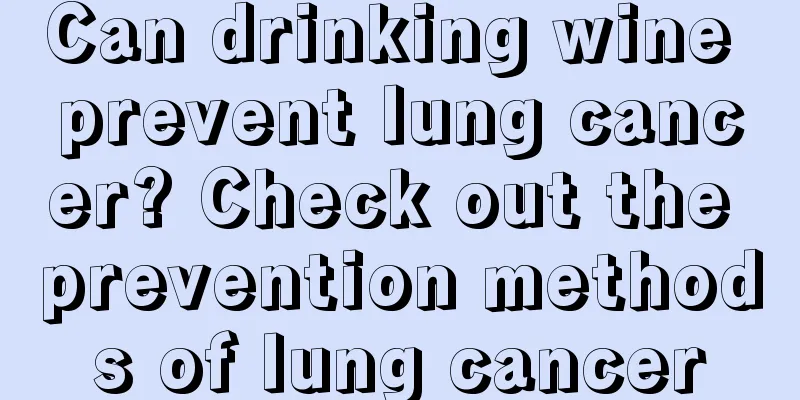What are the hazards of bacteria

|
It turns out that living in different environments and different lifestyles will lead to the occurrence of many diseases. Because everyone's physique is different, bacteria will invade people with weaker bodies. Well, many diseases are caused by bacteria and viruses. Do we know what harm bacteria cause? Let’s take a look at what are the dangers of bacteria? Bacteria can be both useful and harmful to the environment, humans and animals. Some bacteria become pathogens, causing tetanus, typhoid, pneumonia, syphilis, cholera, tuberculosis, gonorrhea, anthrax, plague, trachoma, etc. Throughout human history, infectious diseases caused by bacteria have claimed countless lives. In plants, the bacteria causes leaf spot, fire blight, and wilt. Modes of infection include contact, airborne transmission, food, water and carriers of bacteria. Bacteria are often used together with yeast and other types of fungi to ferment foods. For example, in the traditional production process of vinegar, acetic acid bacteria (Acetobacter) in the air are used to convert wine into vinegar. Other foods made using bacteria include cheese, kimchi, soy sauce, vinegar, wine, yogurt, etc. Bacteria can also secrete a variety of antibiotics, for example, streptomycin is secreted by Steptomyces. The ability of bacteria to degrade a wide range of organic compounds is also often used to clean up pollution, known as bioremediation. Medicine | Education | Network Collection and Organization For example, scientists used methanotrophs to break down trichloroethylene and tetrachloroethylene pollution in Georgia, USA. Bacteria are also important experimental materials in biology. Scientists have used pneumococcus to discover and confirm that DNA is genetic material. With the rise of genetic engineering, scientists have obtained new strains of Escherichia coli that can produce insulin and other substances, and Pseudomonas that have a strong ability to decompose hydrocarbons. The most common one is Staphylococcus aureus. Infection of different parts of the body can cause different diseases. For example, infection of hair follicles can cause boils and carbuncles; infection of the heart can cause acute endocarditis, and so on. Bacterial drug resistance, also known as drug resistance, generally refers to a state in which bacteria's response to drugs is reduced. In other words, the drug's ability to inhibit and kill bacteria is reduced. Drug resistance does not occur in a particular patient, but rather a certain bacterial species as a whole is no longer sensitive to certain antibiotics. Once drug resistance is formed, antibiotics can no longer effectively kill or inhibit them no matter who is infected. The above describes the dangers of alcoholism. In fact, bacteria are everywhere in our lives. For example, there are many bacteria in vegetables, fruits and melons. There are also many details in the food we eat. Also, if we do not change clothes in time, a lot of bacteria will breed every day. So in our living environment, bacteria are everywhere, so we must have a healthy lifestyle and living habits. |
>>: Is vitamin E effective in removing acne scars?
Recommend
How long does it take for the front teeth to grow back after they fall out?
If an adult loses a tooth, it will definitely not...
How long does it take to do radiotherapy and chemotherapy for nasopharyngeal carcinoma
How long does chemotherapy and radiotherapy take ...
What material is the best pillow core
Pillows are a very important bedding item for mos...
What are the benefits of eating peaches in summer
Peach is a very common fruit in our lives and is ...
At what week of pregnancy is it best to supplement calcium?
There are several groups of people who should pay...
What are the symptoms of bladder cancer
The symptoms of bladder cancer may be different f...
How to take care of complications of bone cancer
For any cancer, the complications that come with ...
What is the difference between rabies vaccine and immunoglobulin
The reason why so many wild dogs are now being ta...
How to effectively prevent liver cancer? Liver cancer prevention advocates three checks and two early warnings
Liver cancer is one of the common malignant tumor...
Symptoms of gallstones, early treatment when symptoms are detected
In fact, many people have gallstones, but some pe...
Repeated ulceration after mosquito bites
Don't underestimate the power of mosquitoes. ...
Is thyroid cancer not easy to detect?
Thyroid cancer is a relatively common endocrine t...
How to prevent colon cancer in life
In daily life, I don’t know how many people have ...
Are there any sequelae after colonoscopy?
When we feel uncomfortable in our body, we will g...
Which is better, muscle water or barley water
Muscle water and coix seed water are very iconic ...









